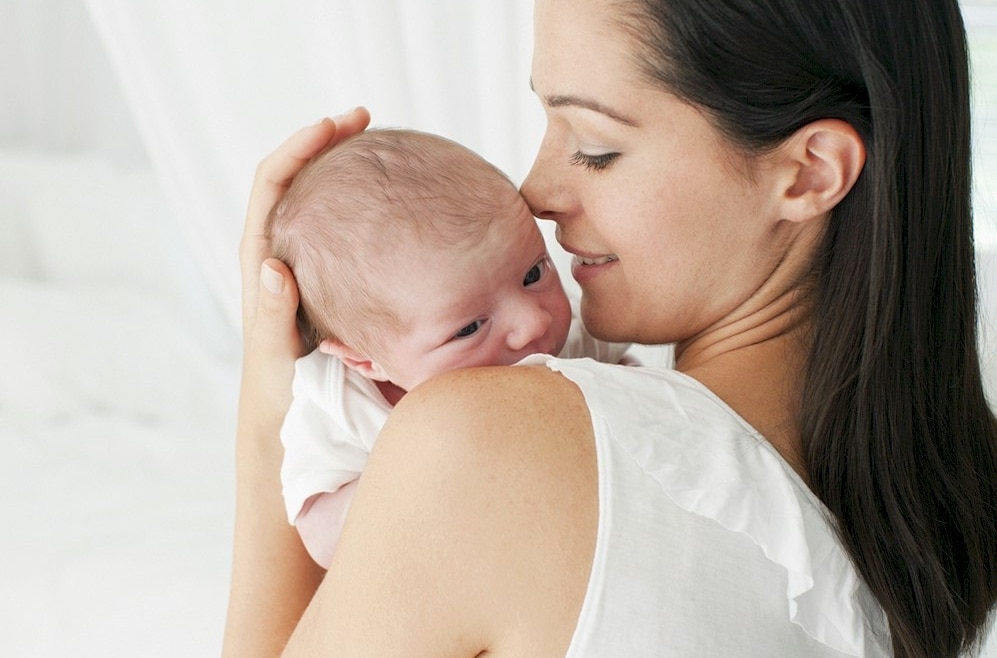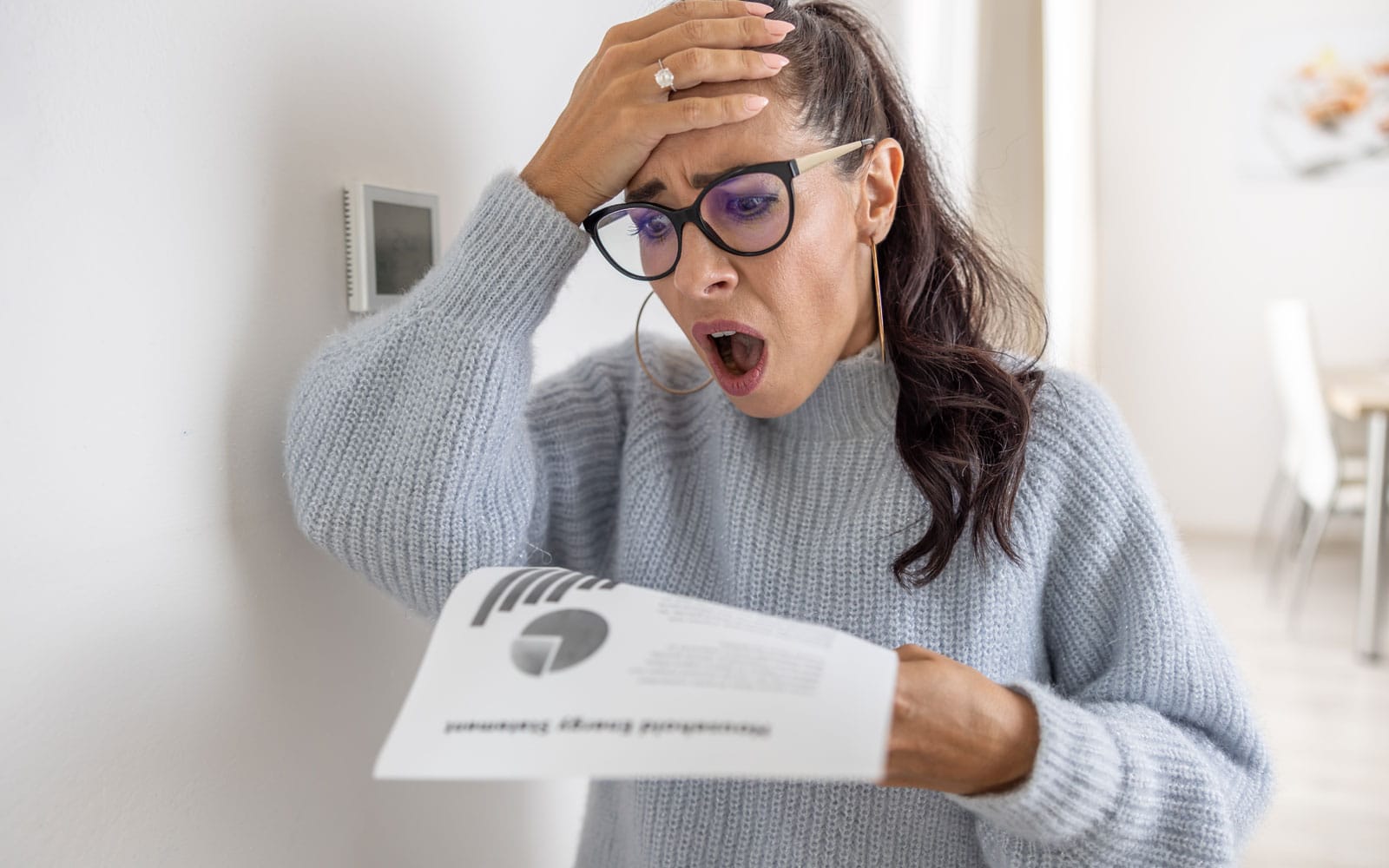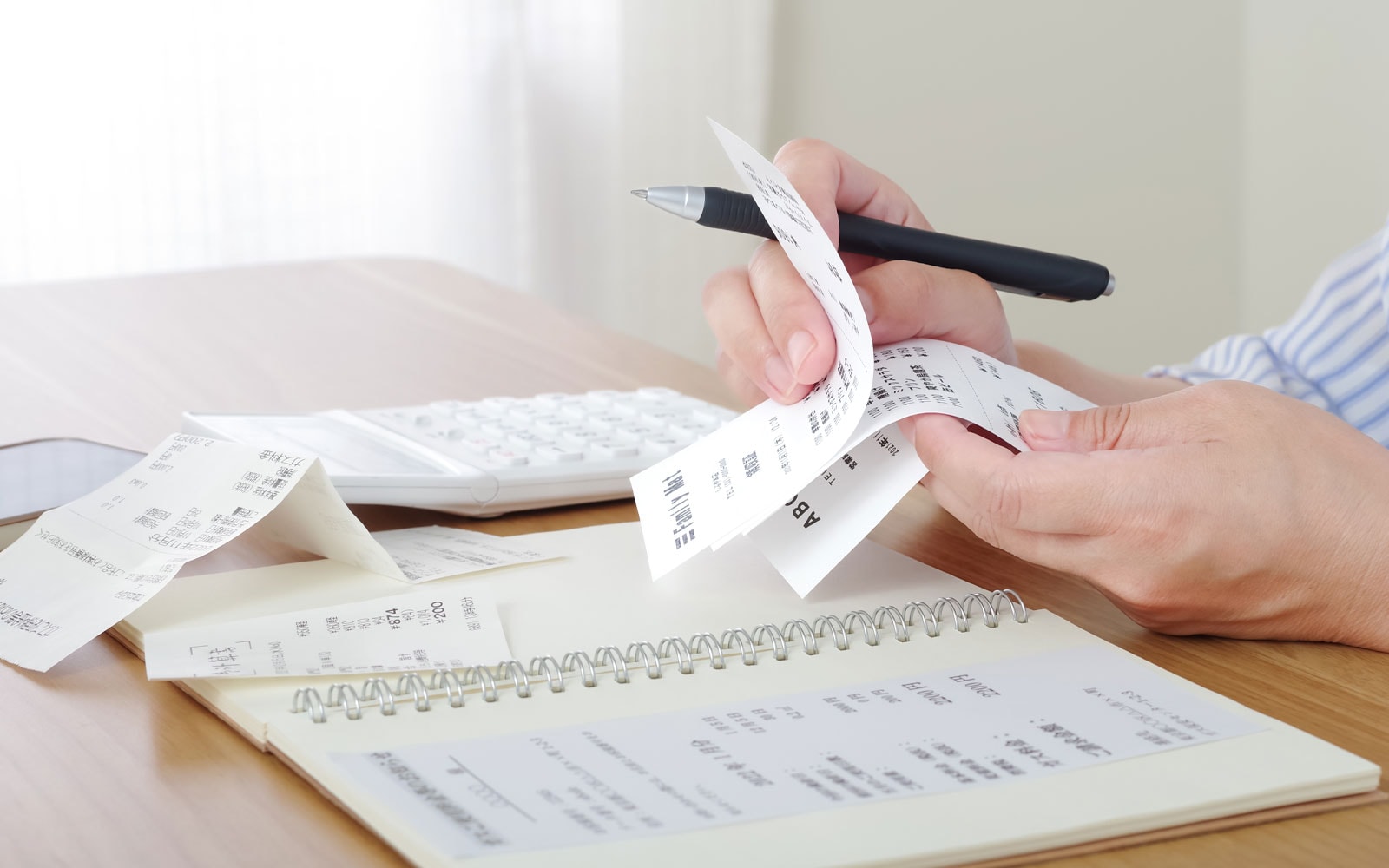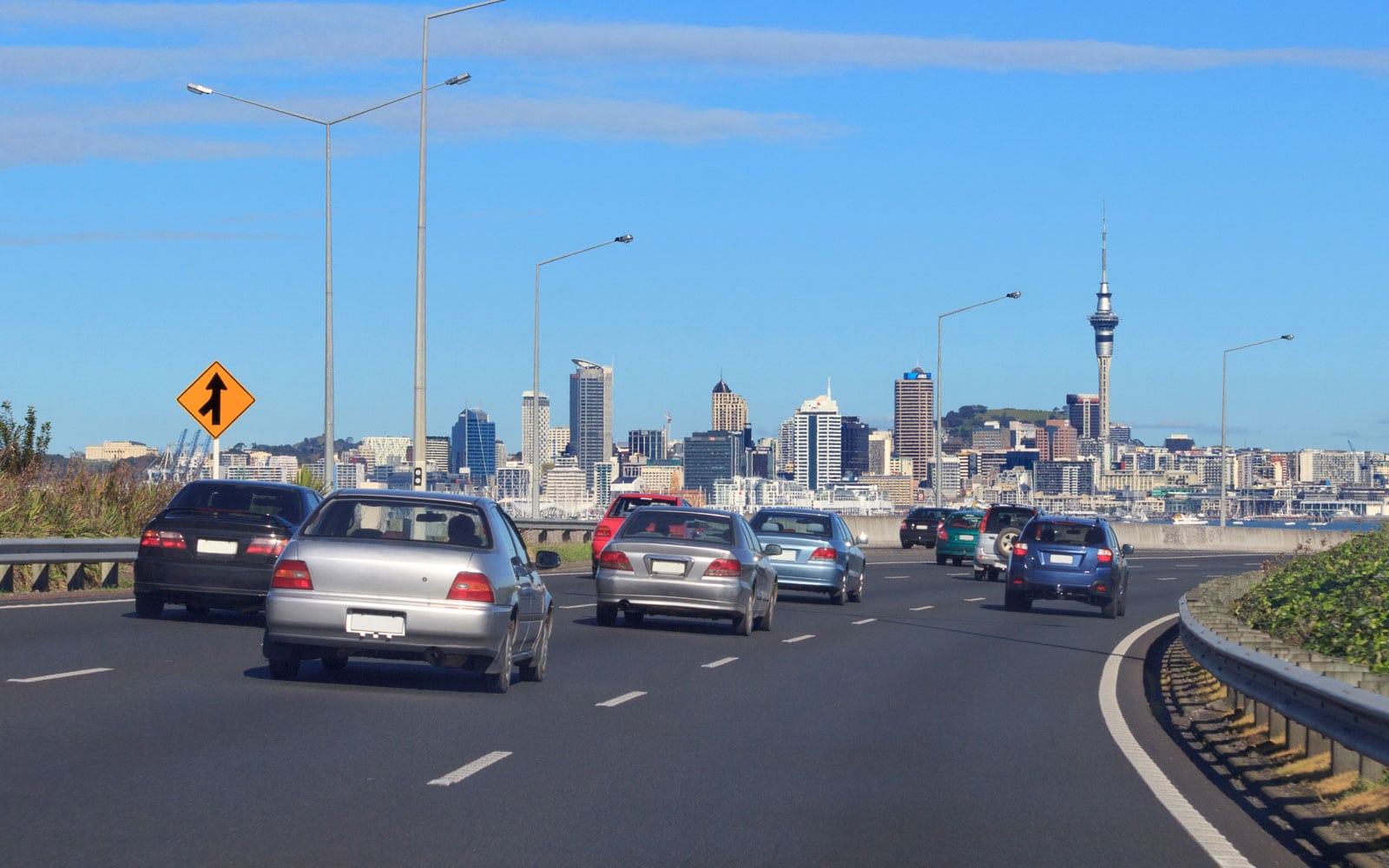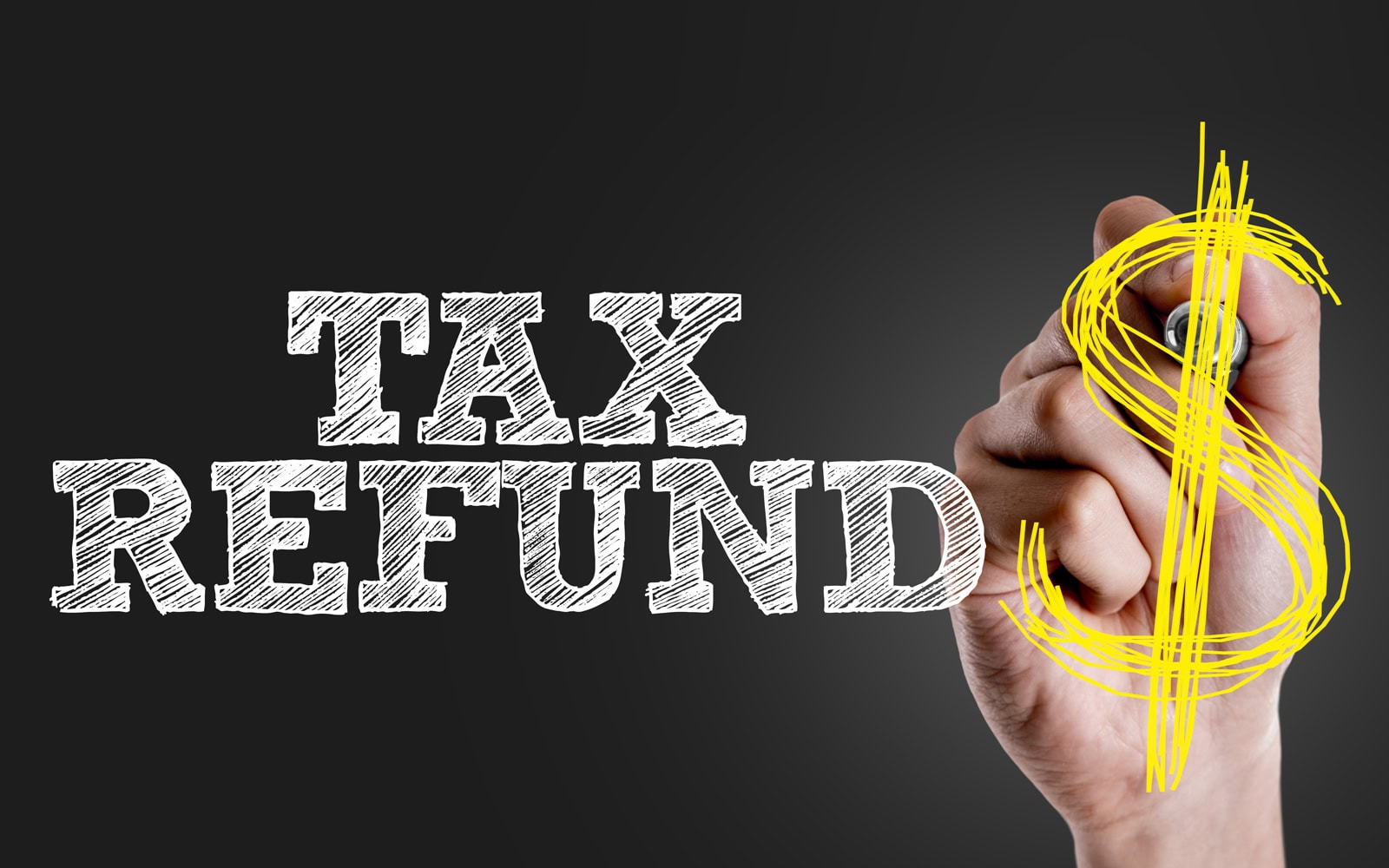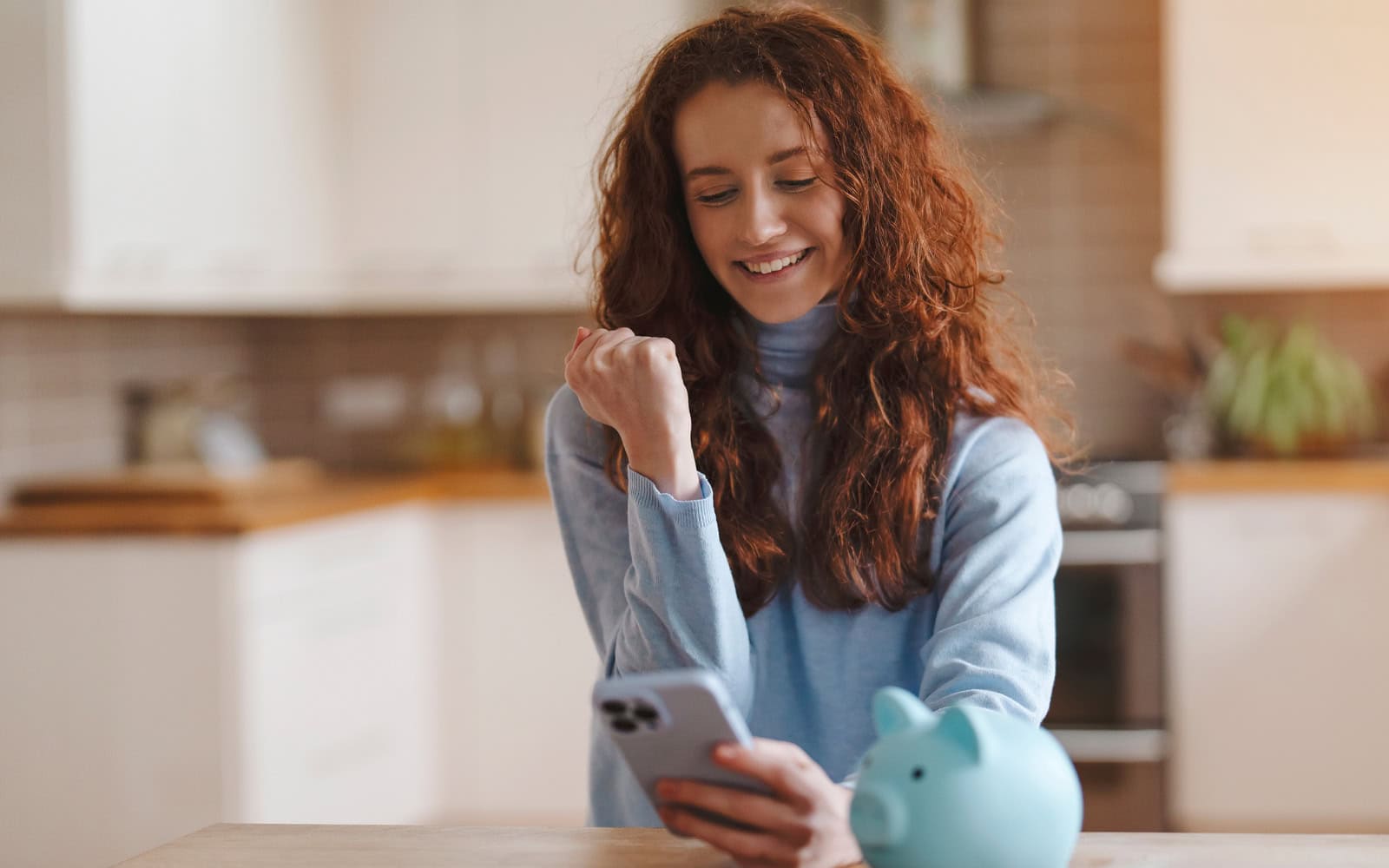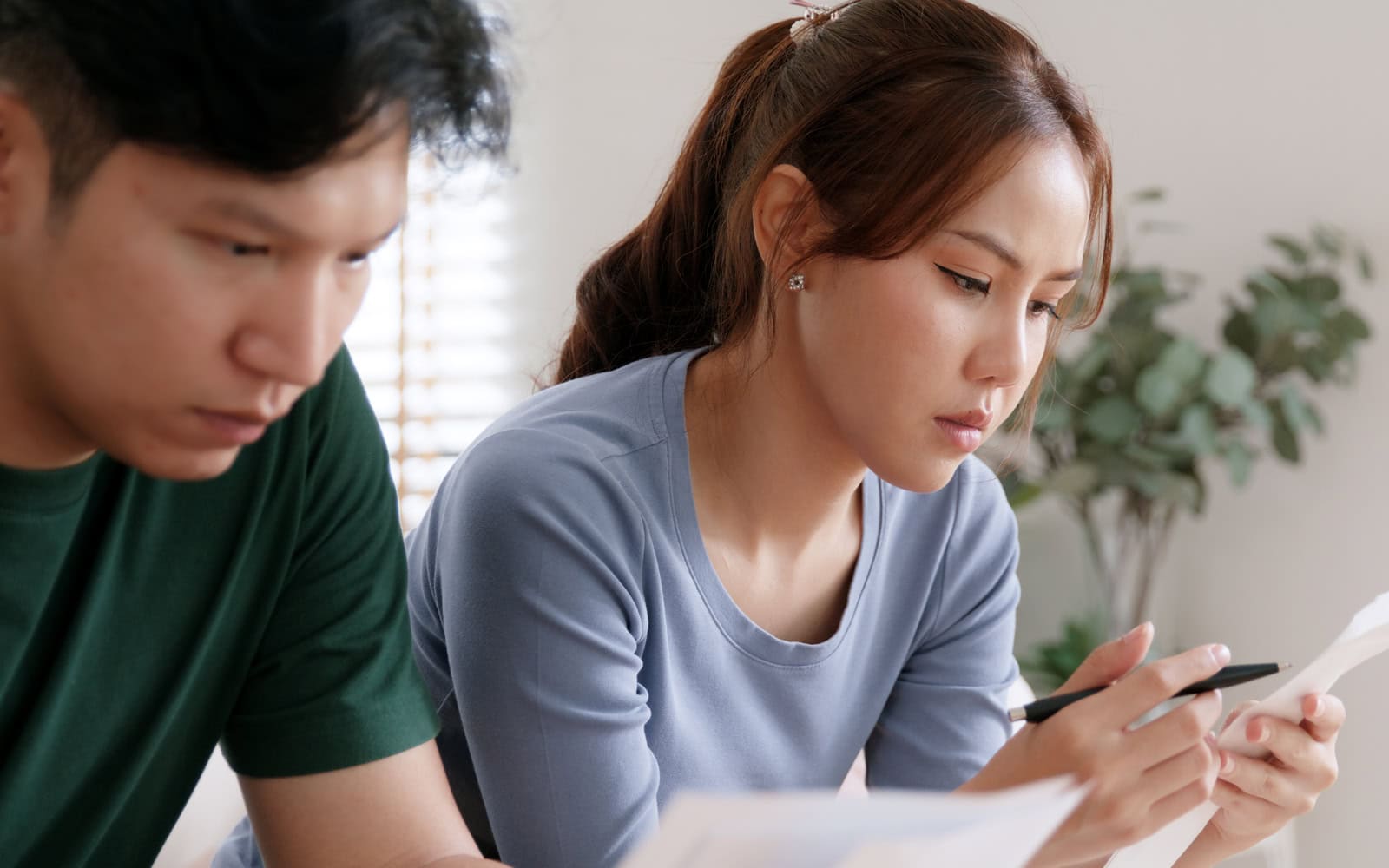Baby Finance
There is nothing more precious than a new baby arriving in your family.
If need a little help with getting together all the items needed to care for your baby adequately talk to us.
Work out how much you need and apply online, it’ll take you less than five minutes to complete our application form.
17 Things to Buy for Your Newborn
There is no shortage of advice for new parents on what to buy, how much to buy, or when to buy it. While there are a few absolute necessities, many items for a baby or the nursery can be acquired according to personal preference. Here, we discuss the bare necessities you’ll need to have for your newborn.
Nine newborn essentials
- A crib, unless you plan to have a family bed. You’ll need to make a plan for baby to sleep somewhere. A bassinet cradle or three-sided crib (co-sleeper) can be a good option for the first few months if you prefer to start small. Most cribs do not come with mattresses, so you’ll need to put a fire-retardant mattress on the list. Be wary of hand-me-down or older cribs; make sure they meet current safety recommendations. The slats should not be more than 2 3/8 inches (6 centimeters) apart, for example.
- Linens, if you’re going to use a crib. You can use a waterproof mattress pad with crib sheets on top, or you can look for a waterproof pad (called a sheet saver) that fits on top of the fitted sheet. Whatever you choose, you’ll need one quilted mattress pad, a few waterproof pads, and at least two crib sheets and lightweight blankets. Babies don’t need pillows, crib bumpers, or fluffy comforters. These can even pose a danger of suffocation. The same goes for stuffed animals left in the bed.
- Diapers, whether cloth or disposable, plan on 70 to 90 diaper changes a week to start out, and then around 50 changes a week after six weeks. You’ll need some kind of pad for the baby to lie on while changing, moistened (alcohol-free) diapering wipes or soft washcloths, a pail or bucket to dispose of soiled diapers, and probably, diaper rash ointment or cream.
- Clothing. It’s a good idea to start with at least six “onesies” (undershirts that snap at the bottom), three to four infant gowns with a drawstring at the bottom, three receiving blankets large enough to swaddle the baby, a sweater and cap, and three to four pairs of socks or booties. Some parents like to buy several sleepers (stretch suits) that zip up the front.
- For bath time, you’ll need some kind of baby tub. For tiny babies, you can get tubs with a sponge insert or those that are sloped with a foam pad inside. You’ll also need a few terrycloth bath towels and washcloths, baby soap and/or tearless shampoo, brush and comb, and round-tip nail clippers or scissors.
- For feeding, you’ll need some burp cloths and bibs. Even if you’re breastfeeding, you will need bottles and nipples to use with milk that you pump. A bottle brush and dishwasher basket can be very useful for cleaning. If you are not breastfeeding, you’ll need formula and an accurate measuring cup.
- A rear-facing infant car seat rated up to 20 pounds. This can also serve as a baby carrier, and some models snap into a stroller so that you need not carry the car seat everywhere.
- Breastfeeding mothers usually appreciate having a breast pump to express milk when you have to be away from baby or if your breasts become engorged when baby isn’t ready to feed.
- Talk to your pediatrician about his or her recommendations for the medicine cabinet. A thermometer is usually necessary. There are many types available; ask your doctor which type he or she recommends for you. A bulb syringe to suction excess mucus from the nose and mouth is helpful, and you may get one at the hospital to take home. Your pediatrician can tell you what kinds of medications or ointments you may need in your baby’s medicine cabinet.
Eight other items for your baby
The following items aren’t essential, but many parents find them convenient.
- A baby sling to carry your baby and leave your hands free
- A baby monitor that allows you to keep track of baby while you are in a different room
- A diaper bag, with plenty of room for snacks, toys, a changing pad, and plastic bags (for dirty diapers)
- A “bouncy seat” or infant swing
- A changing table for diapering, with storage for diapers, wipes, ointment, etc.
- A crib mobile; musical mobiles are available that provide added interest
- A CD player; some babies enjoy soothing or lullaby music
- A night light, to help you see during late-night feedings or diaper changes

